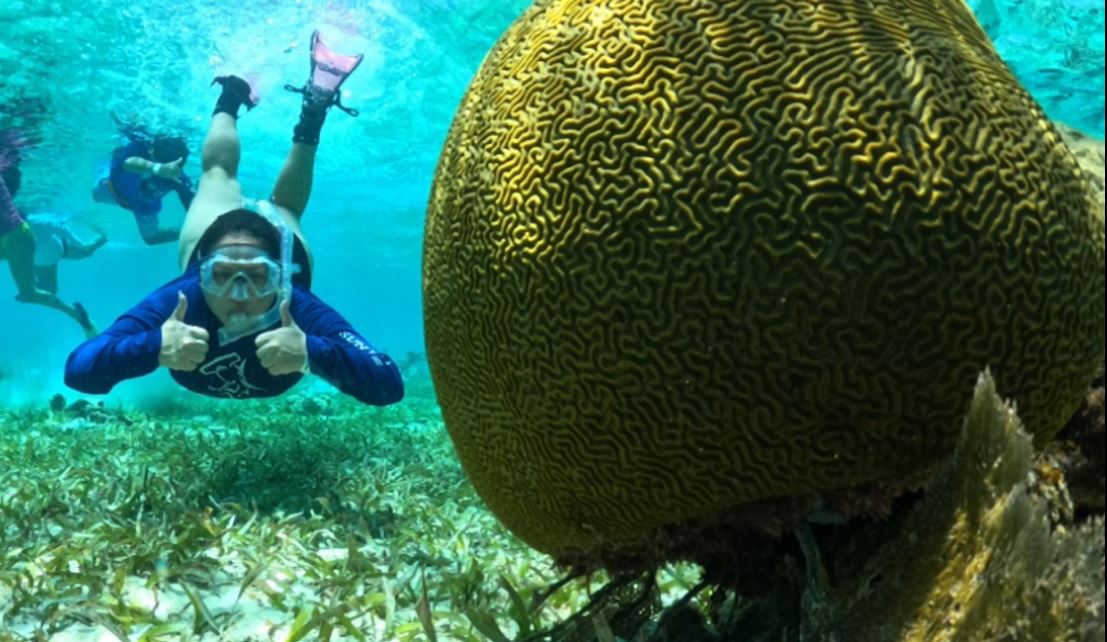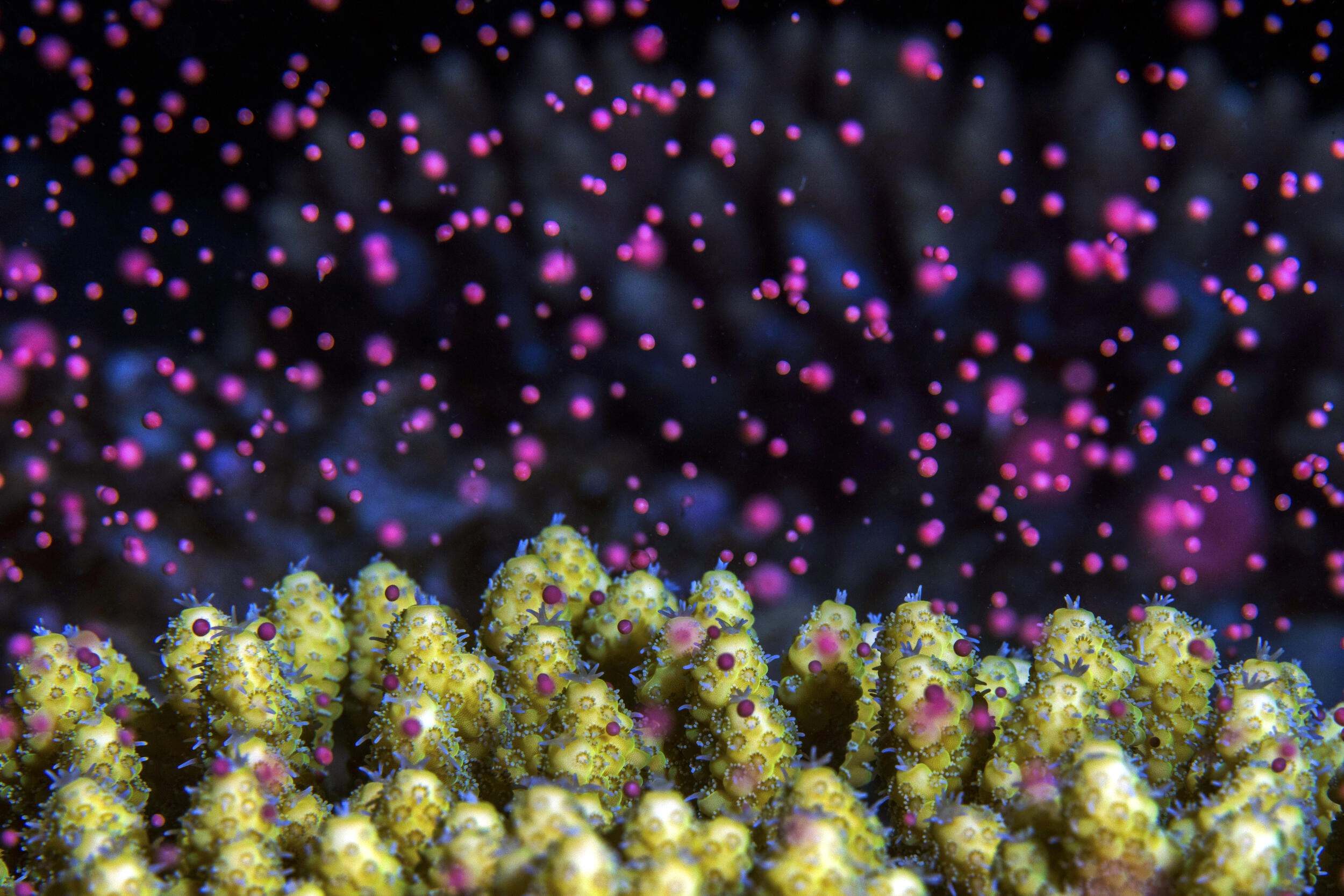Coral reef ecosystems and reef fish populations worldwide are diminishing due to a combination of factors, including overfishing, climate change, deteriorating water quality, habitat destruction, and decreasing reef complexity. When weighing various management options, managers must determine how much biophysical factors affect reef fish populations compared to human activities.
This study used models to evaluate the significance of fishing impact and biophysical factors on the biomass of reef fish on Florida’s Coral Reef, including a snapper-grouper complex, a collection of species that are heavily exploited by commercial and recreational fisheries. They then used the biomass models to project the effect of potential management scenarios on reef fish biomass.
In the snapper-grouper complex, fishing impact was the strongest predictor of biomass — higher fishing impact correlated with a decrease in biomass. The other fish groups, including all species, grazing species, and aquarium species, similarly exhibited decreased biomass as fishing impact increased. However, reef complexity was the most influential factor in predicting biomass.
Different management scenarios were tested including 1) coral restoration (10% coral cover), 2) coral restoration (25% coral cover), 3) the addition of artificial reef structure, 4) no-take marine reserve, 5) coral restoration + no-take marine reserve, and 6) the addition of artificial reef structure + no-take marine reserve. The models showed that the largest increase in fish biomass occurred when artificial reef structures were combined with fishing closures, which resulted in an 89% increase in fish biomass compared to the current estimate.
When management scenarios only included a single management action, increasing reef complexity had the biggest increase in fish biomass ranging from a 23-72% increase. Increasing coral cover also had a positive but much smaller impact on fish biomass.
Implications for managers
- Conservation strategies that preserve and enhance the structural complexity of reefs should be part of discussions concerning fishery management.
- The feasibility of using artificial structures to enhance reef complexity at a large scale warrants exploration due to their effectiveness at increasing fish biomass, resilience against climate stressors, and potential to reduce flood risk.
- Individual management strategies are good, but combining management strategies that address both fishing and habitat-related threats can create the best outcomes.
- Small but positive increases in fish biomass support adding or expanding current no-take marine reserves.
Authors: Zuercher, R., D.P. Kochan, R.D. Brumbaugh, K. Freeman, R. Layko, and A.R. Harbone
Year: 2022
Aquatic Conservation: Marine and Freshwater Ecosystems: 33(3), 246-263. https://doi.org/10.1002/aqc.3921


